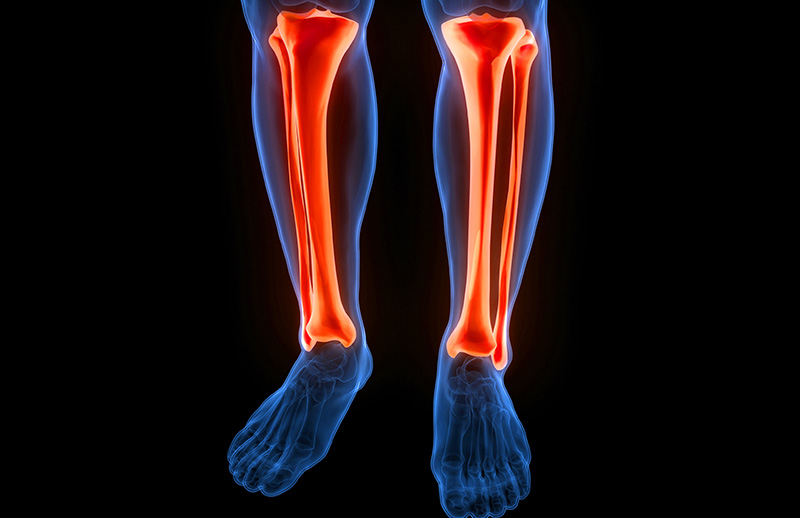The inside of the knee joint is under more pressure than the outside of the joint, and the cartilage tissue protecting this part of the joint wears out much faster than the outside of the knee joint. Due to this wear, the natural position of the knee joint is disturbed and the knee bones bend inward. In the inner part of the knee, the joint space decreases and the knee bones begin to contact each other, while the joint opening increases in the outer part of the knee. Depending on the deformity, the natural position of the leg bones and the load-bearing axis change. As the cartilage tissue decreases, the knee begins to calcify. The resulting calcification and joint damage accelerate the process that will lead the knee joint to knee replacement surgery. The aim of high tibial osteotomy (hto) surgery is to direct the more than normal load applied to the inner part of the knee joint towards the healthier part of the knee joint, that is, to the general joint, to stop the cartilage wear and bring the knee joint to its natural position, slowing the process leading to knee prosthesis, and giving the patient longer years to live with his own natural knee joint. .




Send A Comment